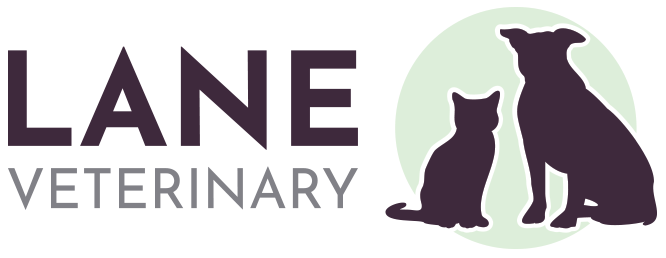
Reducing Dental Disease with Cat and Dog Teeth Cleaning in Hinsdale & Elmhurst, IL
The condition of your pet’s teeth is intrinsically tied to their overall health, and we want to help you keep those pearly whites clean. Dogs and cats are prone to dental (periodontal) disease without regular at-home and in-hospital dental care. By age 3, they might have significant tartar buildup on their teeth, which can be a breeding ground for bacteria. Luckily, this issue can be avoided with the right treatment plan. Lane Veterinary can provide recommendations for your pet’s unique needs, along with anesthetic teeth cleanings (for dogs and cats) to remove buildup and treat any existing disease processes.
Does your pet’s breath make you wrinkle your nose? It might be time for an oral exam!
How Can I Tell if My Dog or Cat has Dental Disease?
Since dental disease is so common among adult dogs and cats, it’s important to know the warning signs. Often, pets will not show symptoms of dental disease until it has become a more advanced issue, but there are things you can check for, including:
- Bad breath (this is usually quite noticeable)
- Smacking the lips while eating
- Dropping food while eating
- Rubbing/pawing at face and mouth
- Drooling

What Happens During a Teeth Cleaning for My Dog or Cat?
All of our cat and dog teeth cleaning procedures are performed under anesthesia. Your pet’s care and safety are our highest priorities, and anesthesia helps us perform teeth cleanings thoroughly and with minimal discomfort.
A typical teeth cleaning follows these steps:
Similar to surgeries, our dental cleaning patients are monitored carefully throughout their procedure and kept warm and comfortable as they awaken from the anesthesia. Once your pet is fully awake and able to stand, walk, and go to the bathroom with ease, we will contact you and go over discharge instructions when you arrive.
We start with a pre-anesthetic exam and bloodwork to make sure your dog or cat is healthy, and to provide them with an individualized anesthesia protocol
Once your pet is under anesthesia, we can examine each of their teeth, check for deep pockets in the gums around the teeth, and do full-mouth dental X-rays to check for hidden issues
When we clean your pet’s teeth, we use special scaling tools to break down and remove hardened tartar buildup
If we find a severely damaged or loose tooth during the oral exam, we will notify you and request approval to extract the tooth (pain relief will be given)
Prevent Dental Disease with Regular At-Home Care
Your pet’s dental treatment begins at home. It's best to start right away, when your pet is a puppy or kitten, so they can get used to having a toothbrush in their mouth. You can start by using your finger to touch their gums and teeth, then move on to the toothbrush. An effective way to make teeth brushing a part of your pet's daily routine is to schedule it at the same time every day. For instance, brushing your pet's teeth before dinner can help them form a positive association with teeth brushing.
Teeth brushing is essential because it helps to reduce tartar and gingivitis, which contributes to bacteria formation in your pet's mouth. Try to set an attainable goal that suits your schedule and lifestyle so you and your pet can work together to keep their teeth clean and healthy. To supplement your pet's at-home care, you can also try boarded dentist-approved products like treats and chews. Go here to learn more!
Let’s talk about your pet’s dental care needs. Contact us today for an appointment!
